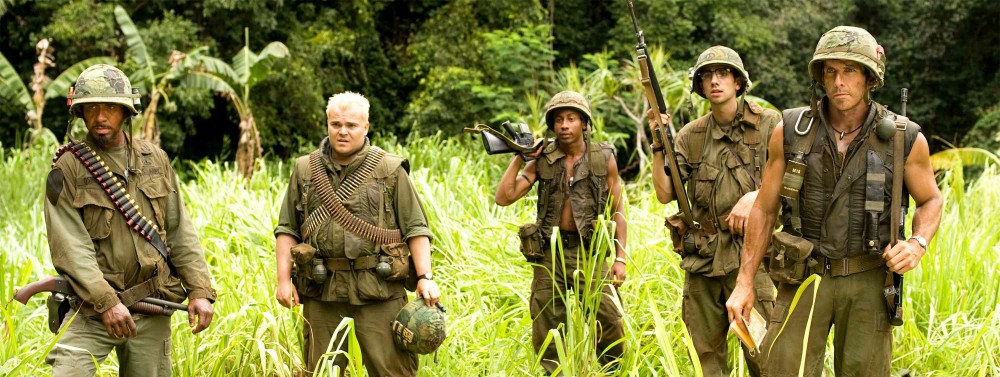I went and listened in on the Q&A between the director of the Cinema Studies program and comedic writer/director Matt Piedmont. Personally, I thought that this Q&A was a little bit lacking in substantial information, and was more of a vehicle to better get to know Matt’s personal life. There were not many tips or words of wisdom, which I felt could have been very beneficial.
The Q&A started with a screening of the last episode of his new mini-series “The Spoils of Babylon”. We watch that for approximately 15 minutes and when that concluded the interview began. Matt told us of how he always loved movies and the idea of making them, but he never thought he would have a career doing so. He didn’t go to school to become a director, and went to New York on a whim after he finished his degree (which he got to custom make after he petitioned). He got a page position at SNL, and he fell in love with working in the 30 Rock building. He was offered a job selling tickets for the show and being basically a receptionist, and he willingly accepted. Over time he was asked to write the promo section of the show, and it was greatly accepted by the studio and audience. This landed him a real writing position in the show, and he began to really hone his craft.
He works closely with Will Ferrell and writes for Funny or Die. Because of this relationship he was able to cast Will in his “Spoils of Babylon” show. Because he had such a prominent actor already casted, he was able to get a lot more famous actors/actresses on board with this crazy series.
The most rewarding part of this interview was when Matt opened up to questions from the audience. While I am not interested in a film career, I still thought that the questions asked to Matt by my fellow classmates provided good insight that was not given in his formal interview. During this section he explained his writing process, which essentially boils down to walking around and observing people until something funny happens that he can write about. While this may seem silly, I can relate to this method in my process with advertising. I get the best ideas when I am simply observing my surroundings. Another great piece of information was about how you need to rejoice over your failures. He told us about all of the times that he had to pitch a skit in front of 300 or so people at SNL. Sometimes you would have a well-received skit, but most of the time it was criticized and shut down. He said that he actually liked it more when he was rejected than when he was successful. It allows you to get a critical analysis of your work, and shows you what you need to work on.
Overall, this interview was pretty interesting, but lacking in real substance. I would have liked to see a bit more of a pointed argument, but it was still entertaining.
